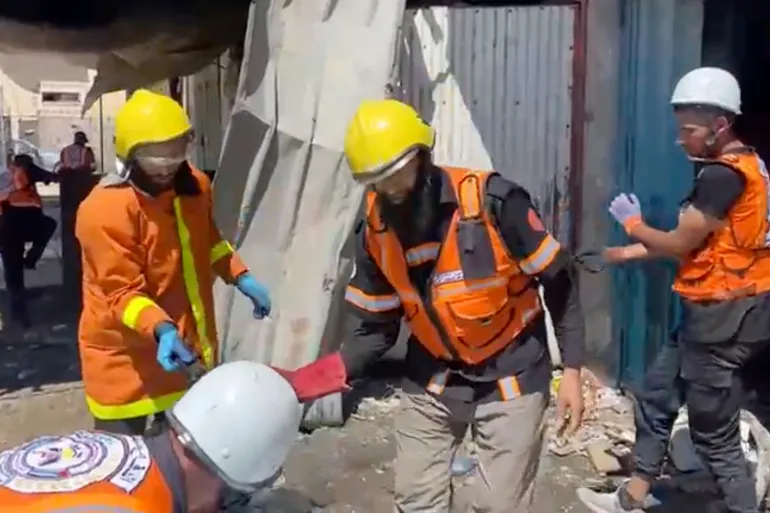Iran is intensifying efforts to arm Palestinian militant groups by channeling weapons through Syria and Lebanon, significantly expanding the scope and complexity of Israel’s ongoing conflict with Hamas and Hezbollah. According to intelligence and regional sources cited by the Associated Press, Tehran is coordinating the supply of advanced arms to Palestinian fighters outside Gaza, opening new fronts and drawing Israel deeper into a regional confrontation.
Since the October 2023 outbreak of war between Israel and Hamas, Iranian-backed militias—including Lebanon’s Hezbollah and various armed factions in Syria—have accelerated cooperation with Palestinian groups aligned with Hamas and Islamic Jihad. These networks are moving drones, rockets, and anti-tank missiles through corridors in Syria’s south and Lebanon’s Bekaa Valley, posing fresh security dilemmas for Israel’s military.
An Israeli intelligence official told AP that the growing sophistication of Palestinian units in Lebanon is a direct result of Iranian logistical and military support. “We are now seeing Palestinian cells operating in southern Lebanon with capabilities they did not have six months ago,” the official said.
The weapons pipeline is believed to involve the Islamic Revolutionary Guard Corps (IRGC), which has established supply hubs in Damascus and along the Syrian-Lebanese border. U.S. and Israeli officials believe that Iran’s goal is to ensure Hamas and its allies can continue launching attacks even if Gaza’s infrastructure is destroyed or neutralized.
This strategic shift has already translated into action: Israel has faced an uptick in rocket attacks and drone incursions from Lebanon and Syria, even as its forces remain deeply engaged in southern Gaza and around Rafah. In April and early May alone, dozens of cross-border rocket salvos from southern Lebanon have prompted retaliatory Israeli airstrikes targeting Hezbollah and suspected Palestinian positions.
Hezbollah’s role remains central. While the group has not launched a full-scale assault on Israel, it has allowed Palestinian factions to operate within its territory—albeit under strict oversight. Analysts believe this gives Iran plausible deniability and enables Hezbollah to support the conflict without triggering an all-out war with Israel.
Israel has responded by stepping up its preemptive strikes in Syria, targeting suspected weapons convoys and IRGC-linked infrastructure. Syrian state media has reported multiple Israeli air raids in recent weeks, often near Damascus and the Israeli-occupied Golan Heights. The Syrian government, which remains closely allied with Tehran, has accused Israel of violating international law.
Iran denies direct involvement in the fighting, claiming it only provides moral and political support to “resistance movements.” However, its strategic objective is clear: to entrench its proxy forces around Israel’s borders and stretch its military capacity across multiple fronts.
The United States has expressed alarm at the regional escalation. While continuing to support Israel’s right to self-defense, the Biden administration has warned that Iran’s actions risk plunging the Middle East into a wider conflict. U.S. forces in Iraq and Syria have also faced attacks from Iran-linked militias, highlighting the growing regional spillover.
Meanwhile, Palestinian officials claim the expansion of armed cells outside Gaza is a necessary adaptation to Israel’s siege tactics. “Resistance must survive beyond borders,” a Hamas figure told AP anonymously. “The enemy cannot destroy the spirit of resistance by bombing Gaza alone.”
This evolution of Iran’s regional playbook—fusing Palestinian militancy with Hezbollah and Syrian fronts—represents a major shift in the Middle East’s strategic landscape. For Israel, the challenge now is not just defeating Hamas in Gaza but containing a broader network of threats stretching from the Red Sea to the Mediterranean. As arms continue to flow and alliances deepen, the risk of a wider war looms larger than ever.
Source: Associated Press (AP)



